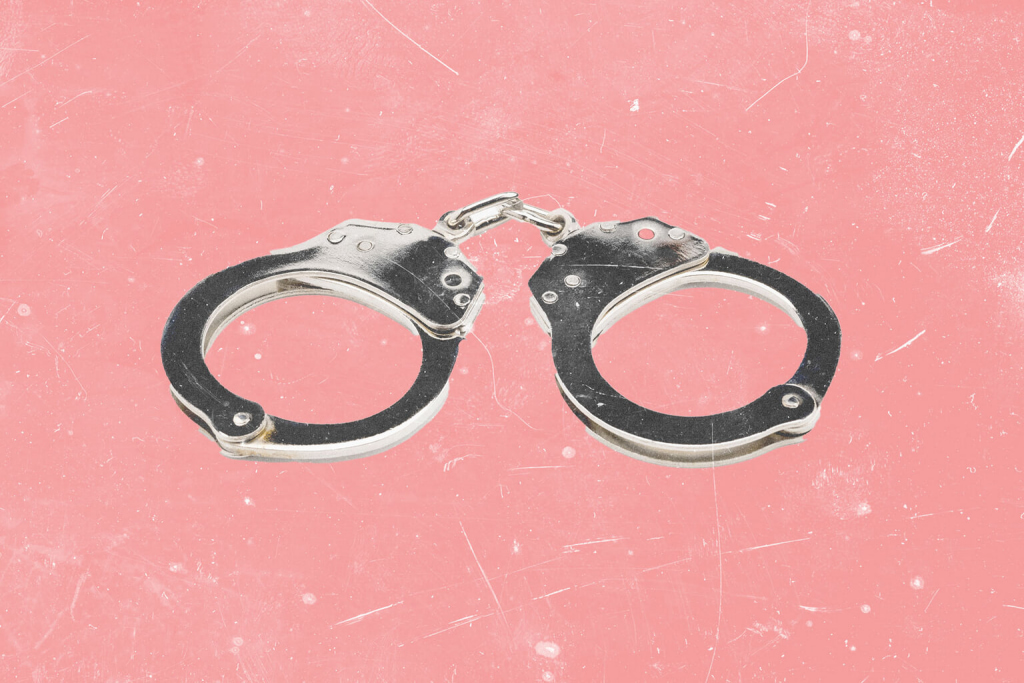On this day in 1981, Paul McCartney was apprehended at Narita Airport for carrying a large bag of marijuana. He spent nine days in the slammer, though it could’ve been worse had it not been for his celebrity status. In this article, we’ll be looking at McCartney’s detainment along with six other high-profile arrests in Japan. Joining him on this list include two men who once led the country, two people who ran terrorist organizations, a famous businessman who fled Japan and a former geisha who chopped off her lover’s penis.
1. Sada Abe (1936)
On May 19, 1936 Sada Abe casually watched a movie after doing some shopping. She then checked in at a Shinagawa inn under a pseudonym before having a massage and three bottles of beer. At around 4 p.m., the police arrived at her door. “Don’t be so formal,” she told them. “You’re looking for Sada Abe right? That’s me.” The officers weren’t convinced so she showed them Kichizo Ishida’s severed genitals as evidence.
Three days earlier, the former geisha and prostitute strangled Ishida to death. After lying with the corpse for a short time, she cut off his penis and testicles. She then carried them around with her in her kimono. The pair began an affair a few months earlier after Abe started working at Ishida’s restaurant, which was primarily managed by his wife. Not wanting another woman to touch him again, she decided to kill him. Abe was sentenced to just six years in prison and released after five. The story has been adapted by many writers and filmmakers including Nagisa Oshima for In the Realm of the Senses.
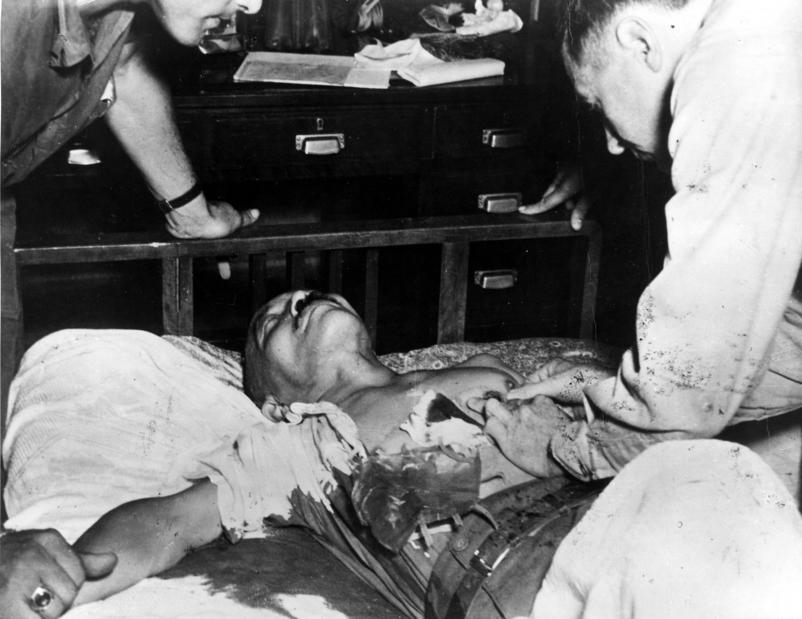
Hideki Tojo after his suicide attempt
2. Hideki Tojo (1945)
With US troops surrounding his home, Hideki Tojo saw only one way out. He’d hoped to die by the sword but with only a pistol available, he decided to shoot himself. The bullet, though, missed his heart and ended up in his stomach. Military police soon entered along with journalists looking for a scoop. One photographer allegedly placed the gun back in the general’s hand so he could get a dramatic picture.
The man who served as prime minister between 1941 and 1944 was classified as a Class A war criminal. He was complicit in atrocities such as the Rape of Nanjing and the Bataan Death March. After recovering from his suicide attempt, Tojo was moved to Sugamo prison in Tokyo. His trial, along with 24 other Class A war criminals, began in May 1946. All were found guilty in November 1948. Seven, including Tojo, were sentenced to death. They were hanged a week before his 64th birthday.
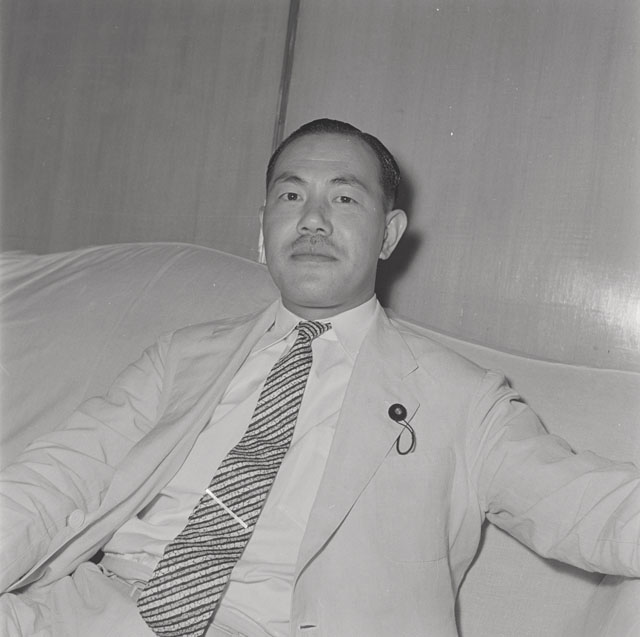
Kakuei Tanaka
3. Kakuei Tanaka (1976)
In 1972, Kakuei Tanaka became Japan’s prime minister with the highest popularity rating of any leader in this country’s history. However, his reign lasted less than three years as he was forced to resign due to shady real estate and financial dealings. Things got even worse in 1976 as he was arrested and hauled off to Tokyo’s detention center. Accused of accepting a near $1.8 million bribe from the American defense contractor Lockheed Corp., he spent 20 days in police custody.
Tanaka was eventually found guilty by a Tokyo court on October 12, 1983. He was given a four-year sentence, but remained free on appeal. Two months after the trial, the former PM retained his seat in the Diet winning more votes than any other candidate in the country. Several other high-profile figures were involved in the Lockheed scandal including ultranationalist power broker Yoshio Kodama. In 1976, porn actor Mitsuyasu Maeno attempted to kill Kodama by flying a plane into his home. Maeno died in the attack while Kodama survived uninjured.
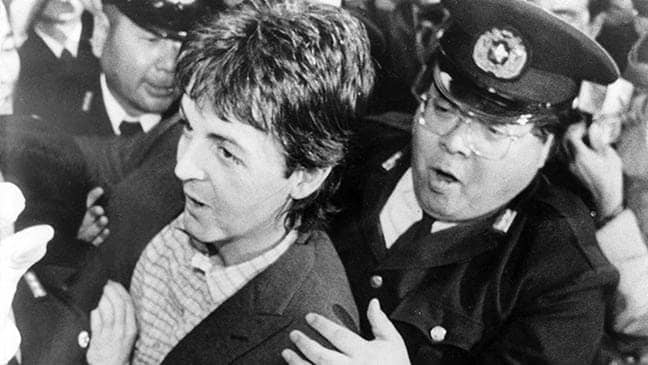
4. Paul McCartney (1981)
It was Paul McCartney’s first visit to Japan since the Beatles famous tour here in 1966. He was due to perform for his band Wings in 11 cities, but in the end spent nine days in Tokyo’s Narcotics Center. One of the most famous musicians in the world had casually packed nearly half a pound of marijuana among his clothes. “This stuff was too good to flush down the toilet so I thought I’d take it with me,” he told Rolling Stone magazine.
It was a strange decision. The amount he was carrying was large enough to warrant a smuggling charge. That meant a possible seven-year prison stint. McCartney later admitted to James Corden in an outtake from Carpool Karaoke that his celebrity status helped with his release. He also spoke about his time in the communal bath with fellow inmates. “By the end, I was like, ‘come on. In for a penny, I’m going in with the boys.’ So, we all went in there and it was fun, you know, being in a tub with all these Japanese guys.”
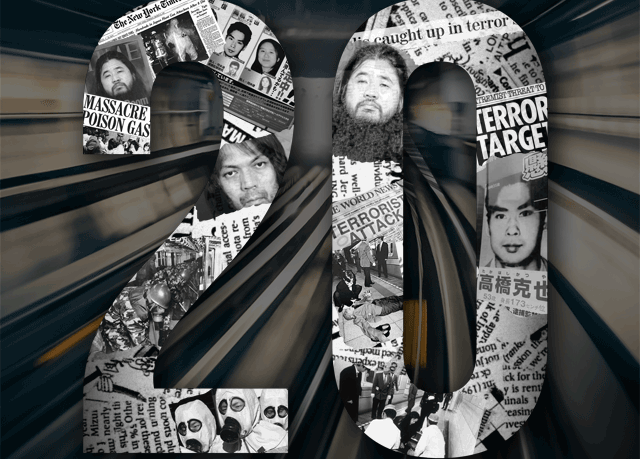
5. Shoko Asahara (1995)
It was the biggest criminal investigation ever in Japan for the country’s most notorious crime of the 20th century. On the morning of March 20, 1995, five men carrying the nerve agent sarin entered underground trains at prearranged stations near the central government district in Tokyo. The perpetrators held the colorless gas inside packs which they then punctured with the tips of their umbrellas. Thirteen people died in the attack while more than 5,500 were injured.
The atrocity was orchestrated by the religious group Aum Shinrikyo led by charismatic guru Shoko Asahara. On May 16, almost two months after the attack, police surrounded the sect’s headquarters near Mount Fuji. They scoured the three-story building for four hours before eventually discovering the half-blind leader meditating in a hidden room between the second and third floor. He didn’t resist arrest. Asahara was found guilty of masterminding the Tokyo subway attacks as well as the Matsumoto sarin incident in which eight people died and the Sakamoto family murders. He was executed on July 6, 2018.
6. Fusako Shigenobu (2000)
After more than a quarter of a century on the run, international fugitive Fusako Shigenobu was eventually captured outside a hotel in Takatsuki, Osaka in 2000. As co-founder and leader of the Japanese Red Army (JRA), she was implicated in several terrorist attacks in Europe and the Middle East in the 1970s and was listed by Interpol as a wanted person in 1974 following the French Embassy attack in the Hague in which the ambassador and 10 others were taken hostage.
In February 1971, Shigenobu and her husband Tsuyoshi Okudaira moved to Lebanon and established the JRA. The organization’s goals were to overthrow the Japanese government and monarchy as well as starting a world revolution. In 1972 the Popular Front for the Liberation of Palestine recruited three JRA members to attack Lod Airport in Israel. Twenty-six people died and 80 were injured in the attack. Shigenobu’s group was also responsible for several hijackings. Following her arrest, she gave reporters the thumbs up before shouting: “I’ll fight on.” On March 8, 2006, she was sentenced to 20 years in prison.
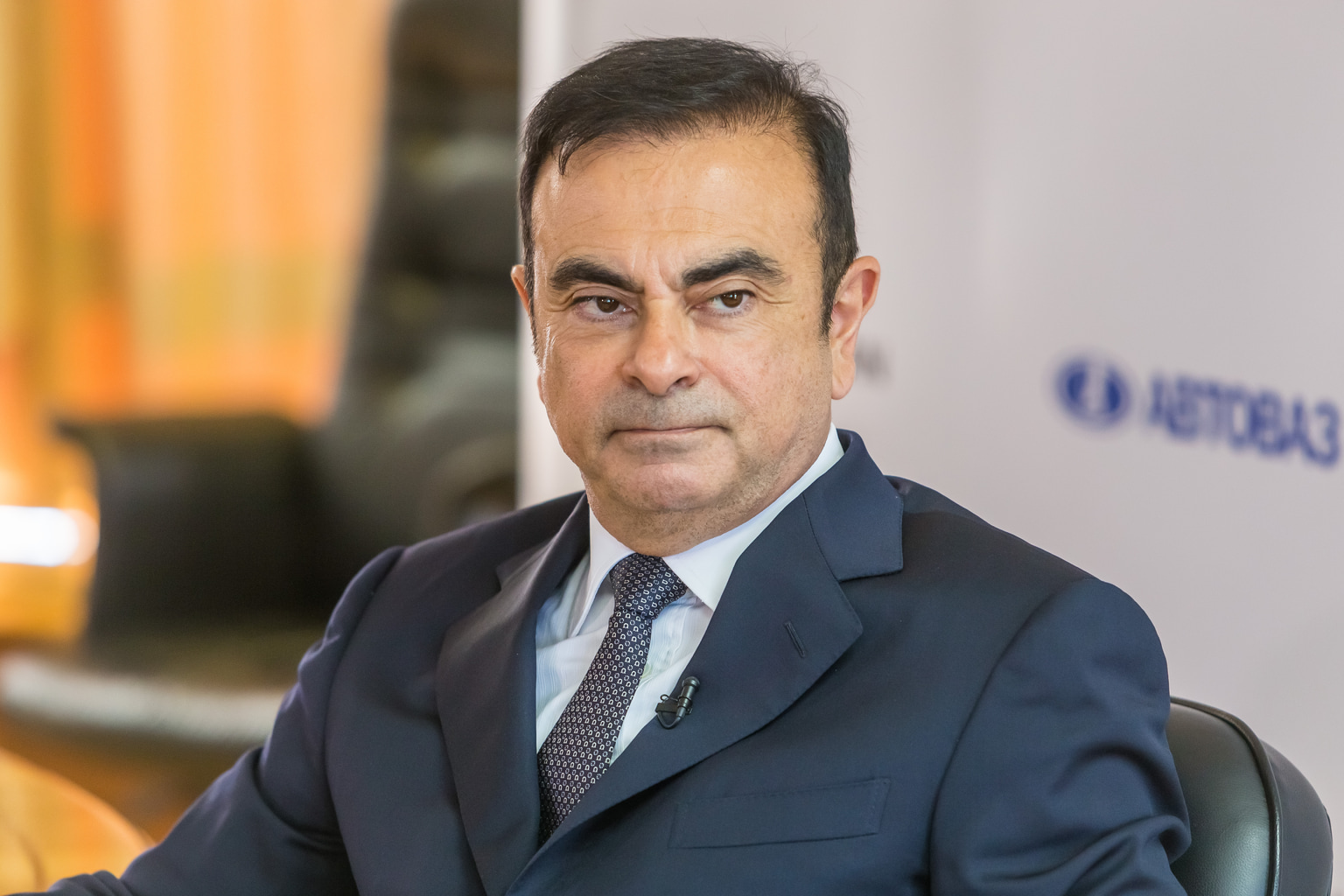
Carlos Ghosn is suing his former employer for more than $1 billion
7. Carlos Ghosn (2018)
Carlos Ghosn departed Lebanon’s capital city of Beirut on November 18, 2018 for what he thought was a meeting in Tokyo with Nissan executives. He arrived at Haneda Airport the following afternoon and was told there was a problem with his passport. Whisked away to a small room, he was then informed of his arrest by a prosecutor. The man seen as the savior of Nissan was accused of under-reporting his salary and gross misuse of company assets.
Ghosn was taken to Tokyo’s Detention Center in Kosuge. The Lebanese, Brazilian-born businessman was detained under two separate arrests for almost 130 days. He described the conditions as “anachronistic and inhumane,” claiming he was interrogated night and day. On December 29, 2019 Ghosn skipped bail and escaped from Japan, returning to Lebanon. He was bundled onto a plane in a music box which was too big for the airport’s x-ray machine. A red notice was issued by Interpol a few days later. His fall from grace is documented in Storyville’s Carlos Ghosn: The Last Flight.

